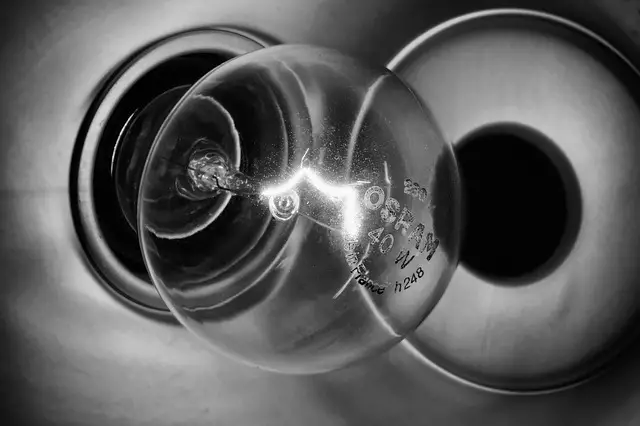 Why do Strobe Lights cause Seizures?
Why do Strobe Lights cause Seizures?
Strobe lights are most popularly known as strobe, which basically produces flashes of light. Otherwise named as stroboscopic lamp, strobe lights can be commonly found among clubs and night bars that typically invite people to the dance floor. Apart from that, strobe lights have become evidently useful in giving the general public a warning, whenever there are emergency circumstances, as they are used among law enforcement agencies and hospitals.
However, one major fall back of the use of strobe lights is its incompatibility to people who have conditions known as photosensitive epilepsy. This specific condition is one form of epilepsy that is highly associated with seizures, which is specifically triggered by flashing lights. As evident among strobe lights, flashes of light that are produced cause seizures to occur basically because of an alteration in the normal function of one part of the brain known as the primary visual cortex. Such alteration affects the tolerance of an individual towards striking and flickering lights. In effect, the outward manifestation of such intolerance is the seizures that can predictably happen.
In line with the brain’s overly sensitive region, the neurons in such area tend to function at a rapid pace causing significant overload towards the brain. As such condition persists; the brain is unable to accommodate the excessive number of neurons and tends to get overwhelmed, thereby facilitating seizure attacks to typically take place.
Since there are conditions such as photosensitive epilepsy as well as other seizure-related medical conditions, experts recommend that people with known seizures be vigilant enough to avoid any triggering objects. More so, everyone must equally be sensitive enough to ensure that any forms of productions are friendly and healthy to the consumers and that they cannot cause any untoward effect to the public.












Leave a Reply